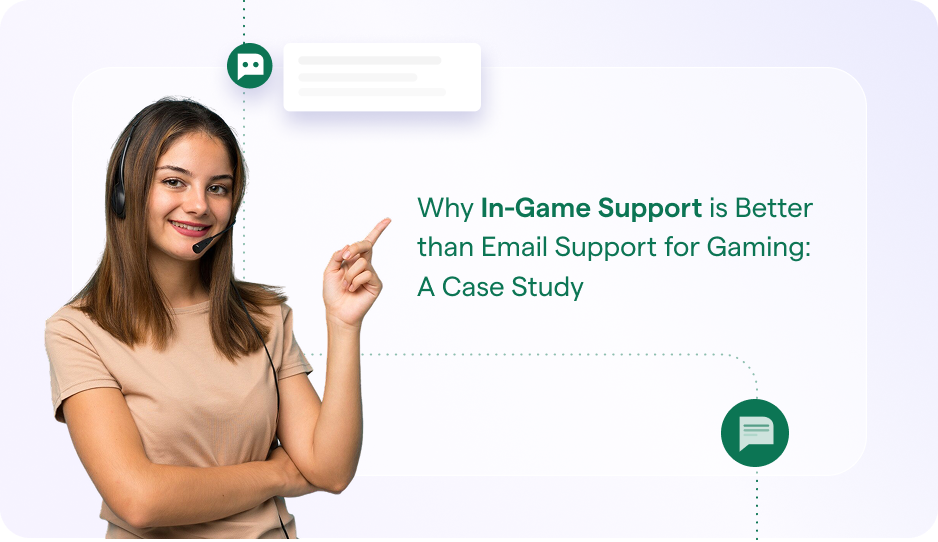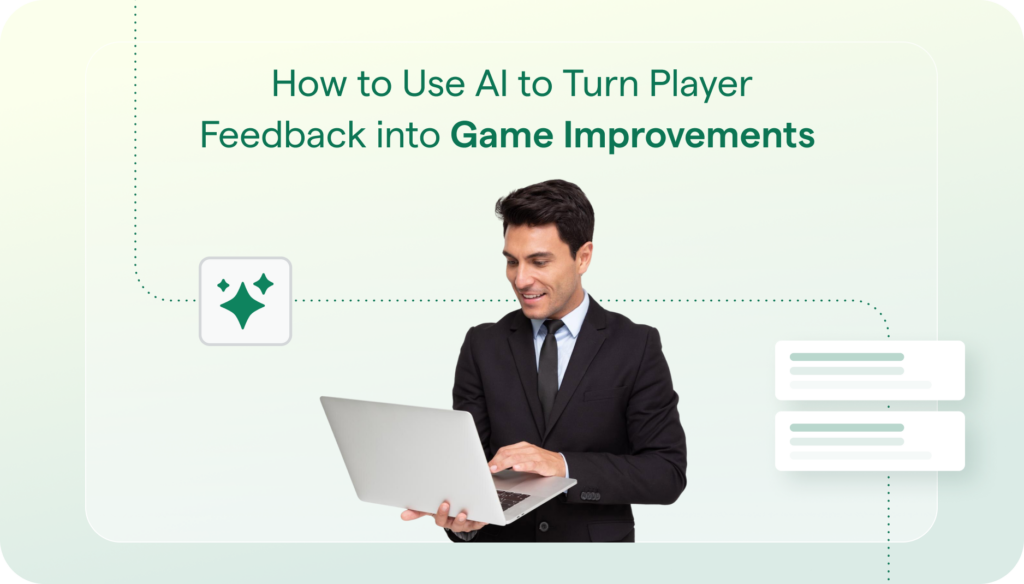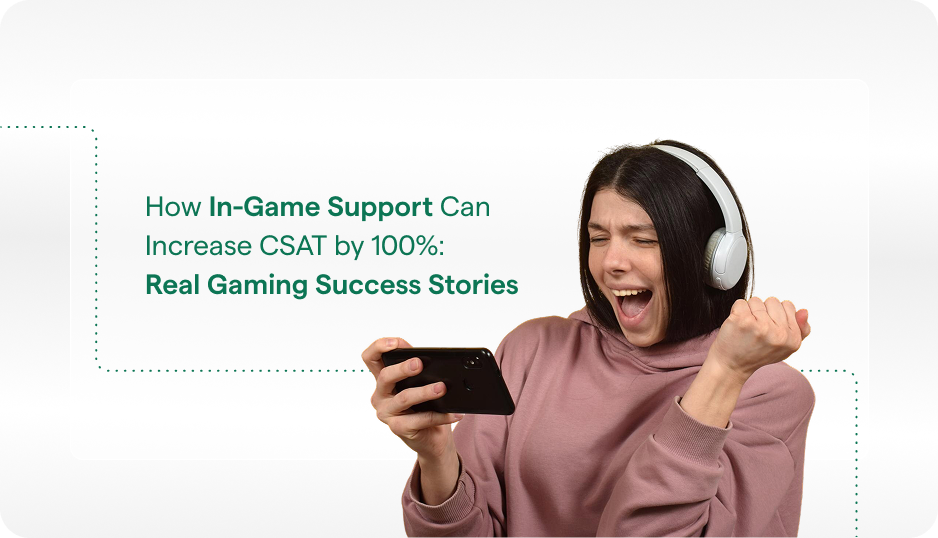Geofencing is the creation of a virtual perimeter around a real geographical area for the purpose of pushing information to the devices of users within that area or enabling interaction with those users. Geofencing has become highly popular within the last decade by tech-forward brands hoping to reach customers in the moments when they’re most primed to buy — for instance, about to walk by a store.
Unlike mobile broadcast, in which one message is pushed to a large group of people simultaneously, geofencing allows push notifications based on individual customer location and behavior.

Why Does Geofencing Matter to Customer Experience?
Consider Starbucks. The ubiquitous coffee shop was one of the first brands to enable its customers to opt in to receive relevant messages based on their location. For example, a Starbucks app user is in a new neighborhood, unaware of a nearby Starbucks location. But not for long. She receives a push notification letting her know there’s a Starbucks nearby… with a digital coupon attached.
Because the targeting capabilities of geofencing technology have become much more precise in recent years, brands can now control exactly who receives their messages, when. Now, brands can deduce not just that a customer is within the general area of a store, but know exactly when the customer walks in the front door. They can also segregate users into buckets so they know, for instance, whether the user is a tea drinker or a coffee drinker, in order to deliver an appropriate message.
In this way, geofencing is about creating a better customer experience. Customers get a highly personalized experience, and brands have access to data that helps provide a higher echelon of service.

How Helpshift Supports Geofencing
Helpshift can integrate with a geofencing solution or product to help you manage the in-app messages and push notifications your customers receive. Native mobile messaging capability is built right into your app, using the Helpshift SDK, which automatically collects metadata, including user profile attributes and user locations.
With in-app messaging in particular, you can provide on-demand support from within your mobile experience and keep your customers both informed and engaged. Brands that use messaging see an average CSAT of 35% higher than those that use email.
Additional information About Geofencing
- Product page: Bring Customer Support To Your App
- Developer guide: Notifications
- Support: Push Notifications: Getting Started
- Support: Guide: Creating Custom Push Notifications



